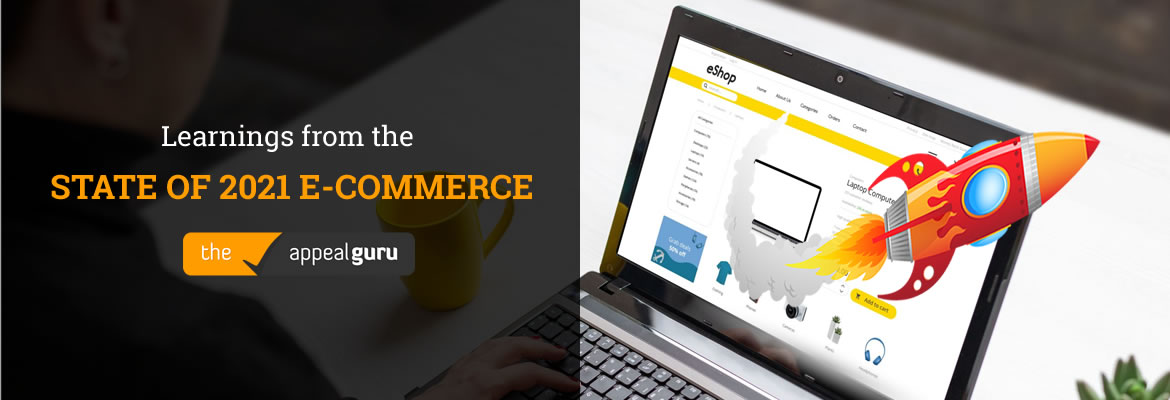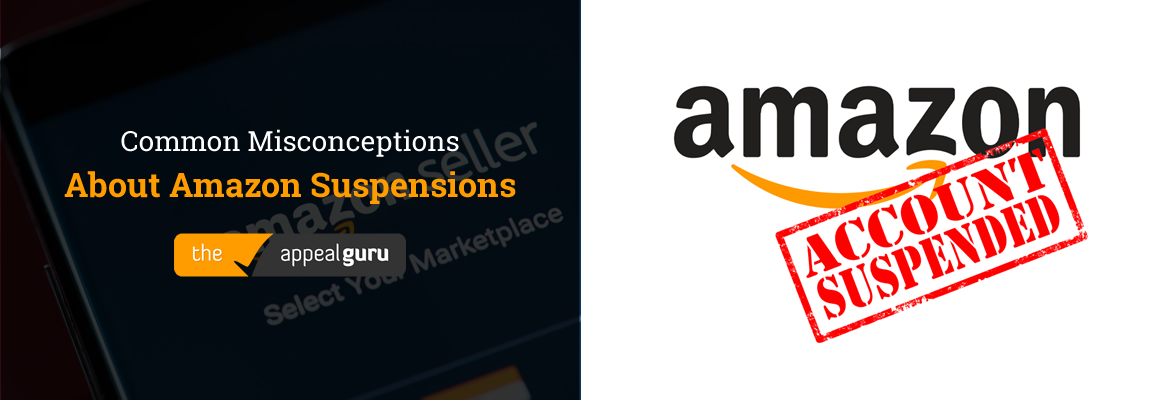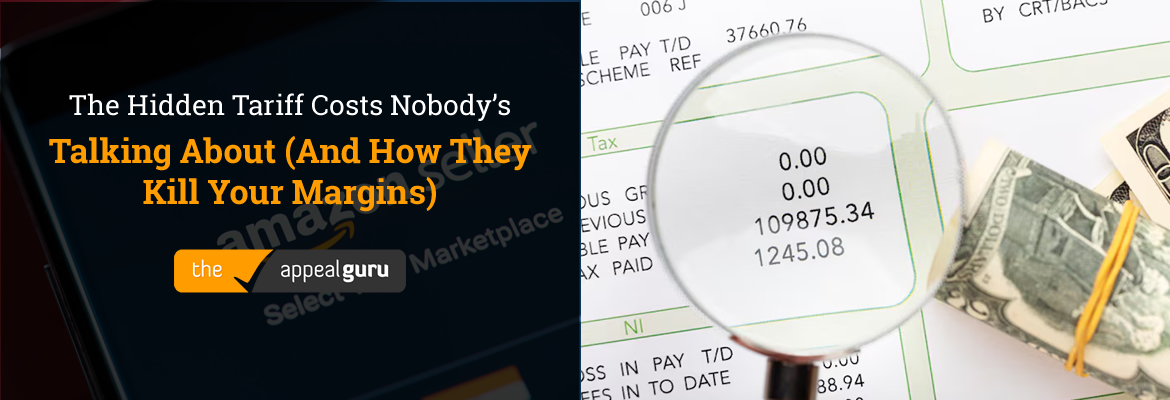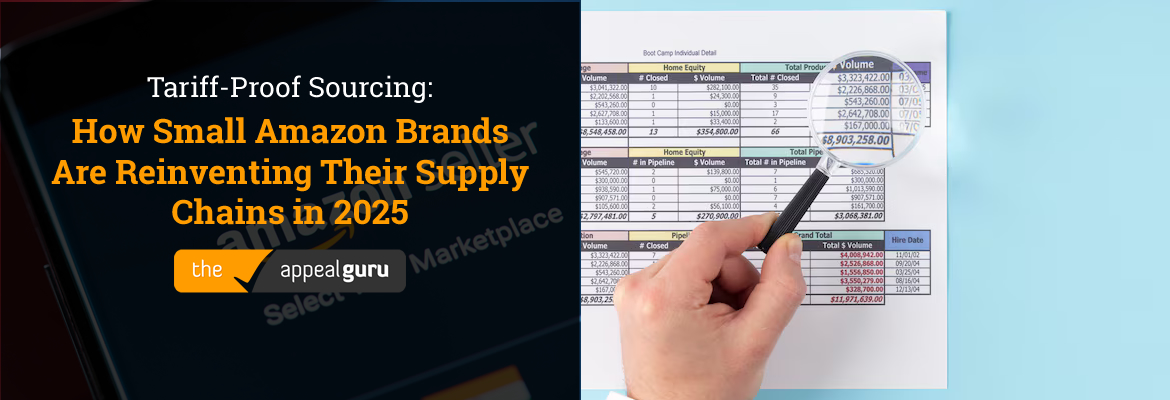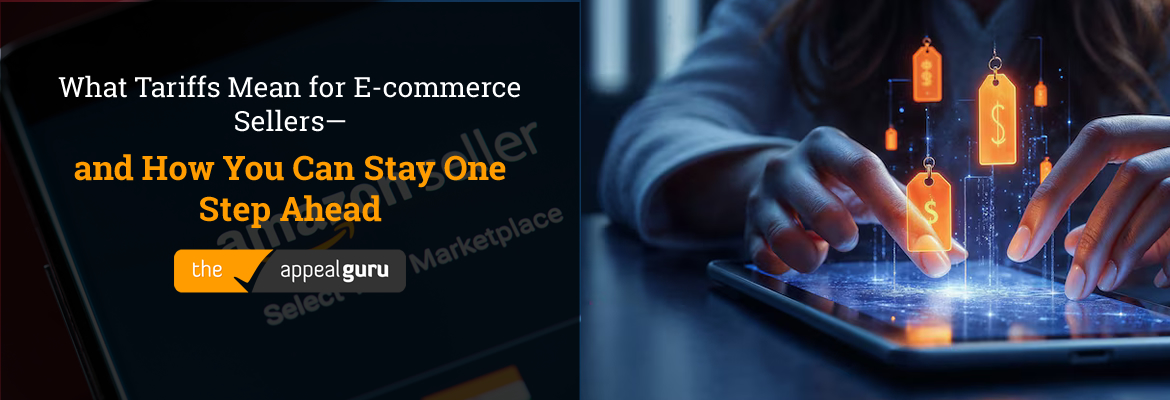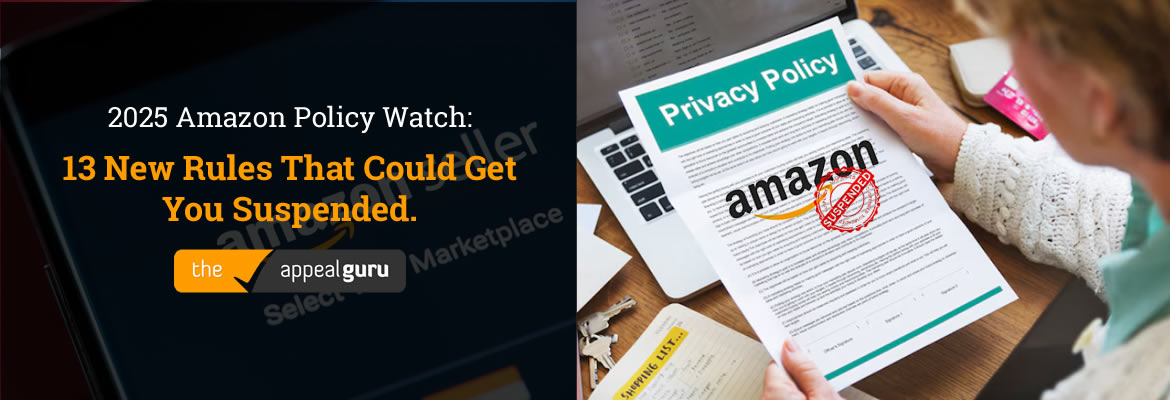If there’s one thing every veteran Amazon retailer knows, it’s that change in the e-commerce scene is inevitable. The e-commerce learnings from the last 3 quarters of 2021 are drastically different from those reported at the start of the COVID-19 pandemic.
Albeit change is the only constant thing in our industry, It helps to look back on the recent learnings reported, especially from the last 3 quarters of the same year.
Here are some of the most important learnings we’ve unearthed from the state of 2021 e-commerce.
Learnings from the state of 2021 e-commerce
1. Online shoppers value convenience over price
Today’s shopper attitude puts value on convenience rather than price. In fact, 66% of online shoppers say that “convenience” is their main purchasing factor, while only 47% value a product’s price when deciding to purchase.
It’s also important to note that 52% of shoppers value “assortment,” and 57% of them like the “ease of shopping” of certain retailer sites.
This consumer activity is a cry for brands to give importance to smoothening their purchasing and shipping process. It also wouldn’t hurt to widen product choices to cater to a number of people of differing tastes.

2. Online shoppers rely on purchasing decisions by researching on different sites, apps, and social media platforms
Today’s online shoppers are evolving. Not only are they relying on their purchasing decisions based on retailer apps but also through a cacophony of online data tools like traditional search engines (Google, Bing, etc.), social media sites, and more.
50% of online shoppers search product inspirations on Instagram
50% discovered new products on traditional search engines
63% uses Amazon as their initial product research online site destination
63% do their product price comparisons on retailer sites like Amazon or Walmart.com
Cross-platform shopping is now the new norm. Therefore, it’s important to integrate retail, search, and social marketing strategies.

3.There is power in product detail page optimization
Digital marketers recognize the power of optimizing a product detail page or PDP for driving conversion. The Catalyst and Kantar study revealed that 45% of online shoppers visit PDPs before buying a product.
Top ranking PDPs on search engines have a wide reach, but the Catalyst and Kantar study revealed that 49% of online purchasers report scrolling past the first page to look for what they need or want. The percentage of those scrolling past the first page is even higher among the younger generations.
Top-notch digital marketers are reported to often optimize PDPs with keywords and use content (blog) strategies.
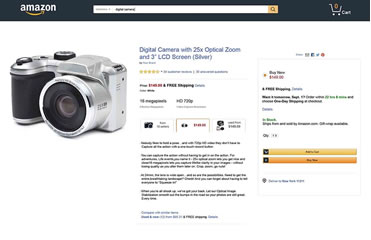
4. There is a gem in collaborating with brands and retailers
There is data best circulated “only” within the organizations but increasing your transparency by sharing data and metrics among retailers has its perks.
In an interview by Catalyst and Kantar, marketing agency professionals admit to having the biggest opportunity area in partnering with e-commerce retailers. The exchange of data on performance tracking, measurement, reporting, and analytics helps each retailer get a better sense of their target market.

5. Sustainability is the future
Amazon announced that it would be net-zero carbon 10 years before the Paris Agreement. This is in response to the rising expectation of consumers for the e-commerce industry to adopt a more environmentally-friendly state of mind.
70% of online shoppers are aware of whether or not the packaging they’ve received is recyclable or not. The most surprising fact is, 80% of those aware recycle these packagings.
Adding a layer of “being environmentally” conscious to your brand or store wouldn’t hurt unless it’s false advertising. Leading brands nowadays incorporate sustainability themes to their PDPs, product packaging, and advertising projects.

6. There is a rise in online grocery demand and last mile delivery
Kantar projected online grocery sales to triple by 2024. Last mile delivery partners like Instacart also contributed to the rise of online grocery.
Last mile delivery has introduced a new stream of opportunities for manufacturers who wish to directly sell to consumers. The last mile delivery method effectively provides “assortment,” and “affordability.”
A standout in the last mile delivery scene is Amazon’s Amazon Grocery banner. It offers complete physical and digital grocery shopping options for consumers. Understandably, Amazon has a great headstart when it comes to understanding and investing in the technology to deliver a great last mile delivery consumer experience.

7. E-commerce is an industry of change
It’s almost futile to perfect a process or plan in e-commerce because of the rapid change the industry experiences. Yesterday’s market research, measurability, tools, and data can’t be used the same way for today’s e-commerce.
Most of the interviewed digital marketers seek progress rather than perfection. This was reflected in the 8% ones that only see themselves as leaders of the e-commerce industry. The other 92% see themselves as “working on progress,” putting more importance on small wins.

The Wrap
Hopefully, the points discussed here would reshuffle the marketing priorities of brands and small online businesses in Amazon.
Leading retail stores continue their astronomical rise by not only optimizing PDPs but also integrating marketing efforts in social media and other digital ad platforms. Furthermore, co-retailers lift each others’ sales by sharing crucial customer behavior data, performance measurement, commerce metrics, and more.
Online groceries and last mile delivery partners are getting more relevant as the pandemic continues forcing people to stay indoors.
All of these little points reflect how e-commerce is rapidly changing for what’s best and convenient at a given moment.
Bonus stats: Key 2021 e-commerce statistics by Catalyst and Kantar
- 63% of shoppers go to giant e-commerce sites like Amazon to do an initial research about a product.
- 37% of online shoppers visit the retail website of the product they’re planning to purchase.
- 66% of shoppers choose a retailer based on convenience, while 47% of them choose based on price.
- 54% of shoppers exposed to certain advertising say that it helps them recall the products they need or want to purchase.
- 79% of digital marketers use Facebook as part of their digital marketing platforms.
- ⅔ of brands and stores investing in Amazon Advertising have significantly increased their investments.
- 49% of online shoppers scroll past page 1 to look further.
- 37% of digital marketers utilize SEO on their product pages to rank nicely in search engines.
- 56% of digital marketers allocate funds for e-commerce related “data” and “analytics.”
